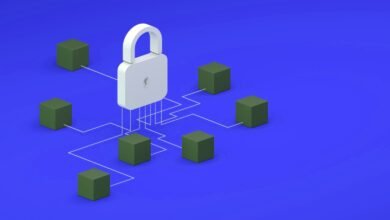Blockchain Network Congestion: A Beginner’s Guide 2024

KeyTakeAways
- When there are too many transactions for the network to handle, this is called blockchain network congestion. This can cause processing delays.
- High transaction numbers, rising adoption, and events like token launches can all cause congestion.
- Protocol updates, layer-2 scaling options, and making blocks bigger are all possible ways to deal with congestion.
What is blockchain network congestion?
When the number of transactions is higher than the network’s capacity, this is called blockchain network congestion. This could cause processing delays.
This is like a traffic jam on the highway—there are too many cars (transactions) for the road to handle, which slows things down and causes delays.
When the number of transactions is higher than the network’s ability to confirm them quickly, handling times may be slower for users.
Also Read: Exploring Encryption Algorithms in Blockchain Technology: Enhancing Security and Privacy
Causes of Blockchain Network Congestion
Several things can cause the blockchain network to become congested. The system can get backed up and slow down when there are a lot of transactions, more people using blockchain technologies, or events like coin launches.
When new funds are added to a blockchain, for example, there may be a sudden surge in transactions, which can cause the network to become crowded.
Users may decide to give more resources to get their transactions processed faster, which can make the need for resources even greater during these busy times.
Effects of Blockchain Network Congestion
A network delay has more effects than just the chance that transactions will take longer. Because of the crowding, transactions may need more resources and work less well, which also impacts the user experience as a whole.
The system can get crowded and stressed when there are a lot of transactions, a lot of users, or events like token launches. This can make more resources needed and transaction approval times longer, which is bad for the user experience.
Solutions to Blockchain Network Congestion
Blockchain networks are always looking for ways to make them more scalable, make deals run more smoothly, and lower the problems that come with too much traffic. Protocol updates and layer-2 scaling options are two of these projects.
The goal of these attempts is to make blockchain networks more reliable and useful, even when they’re busy. For example, making blocks bigger or cutting down on the time it takes to build a new block can help ease crowding.
Processes for Efficient Blockchain Transactions
Blockchain transactions need to be processed quickly so that they can have high throughput, low latency, lower resource needs, and better data security across many businesses.
Effective blockchain transaction handling is needed for blockchain technology to be widely used and built into many fields.
One of the best things about blockchain is that it can handle a lot of transactions quickly and all at the same time. It improves network efficiency by lowering latency and congestion and letting transactions be validated and confirmed in real-time.











